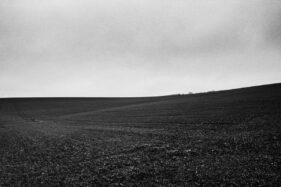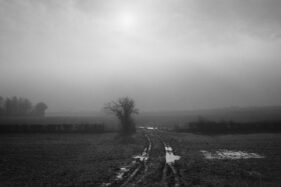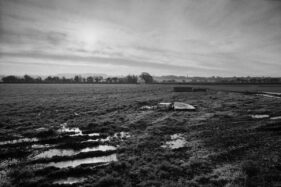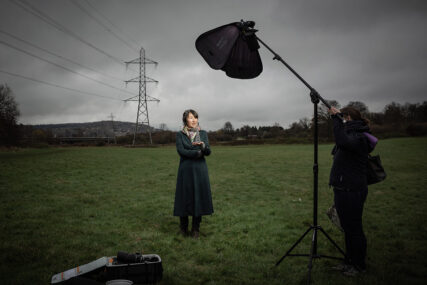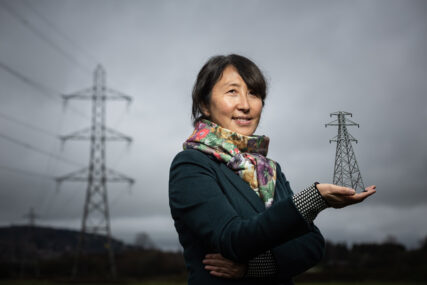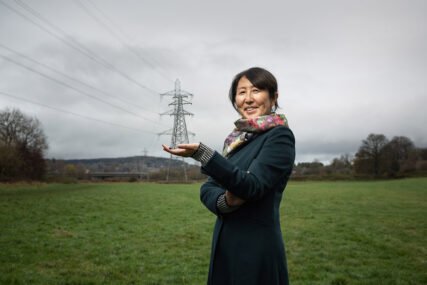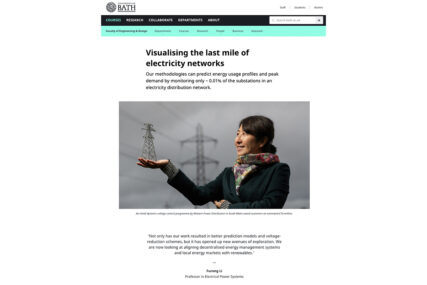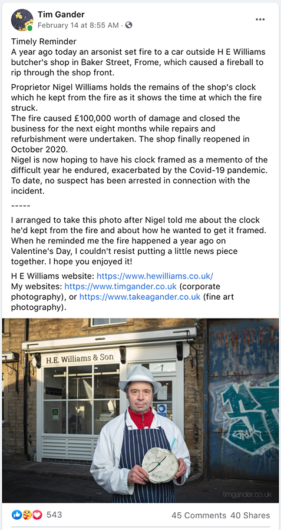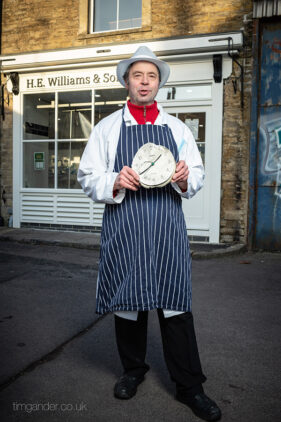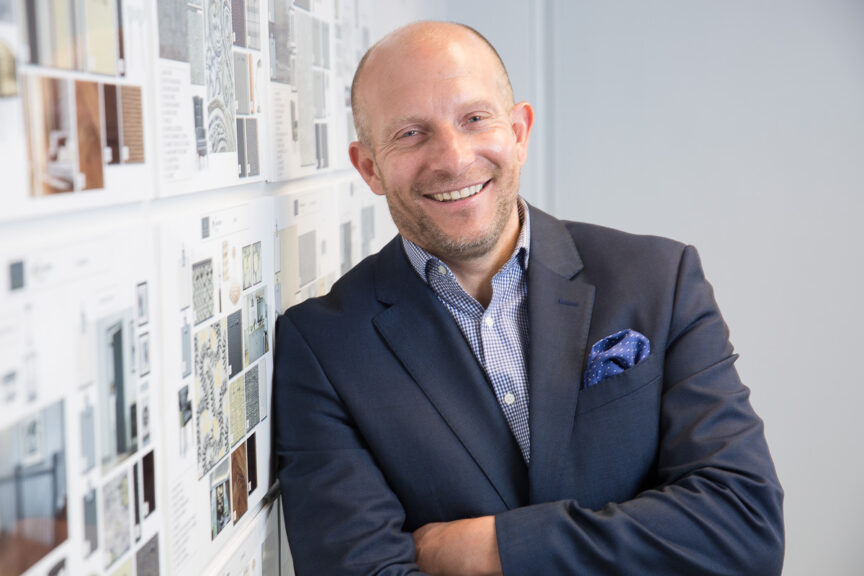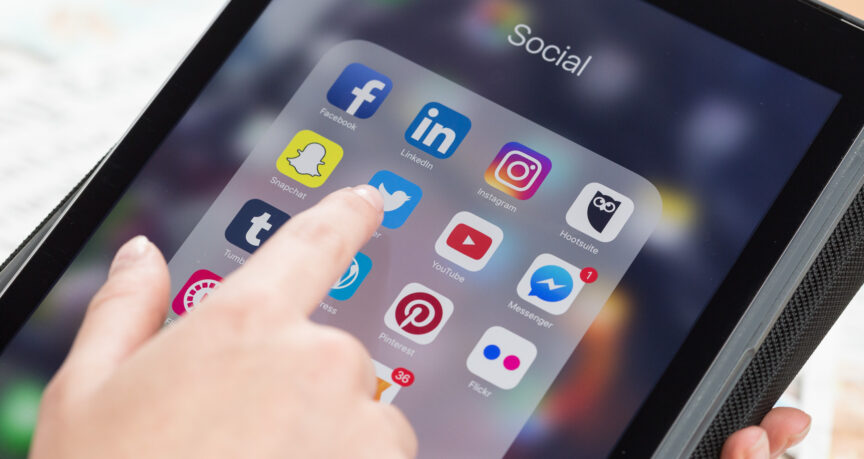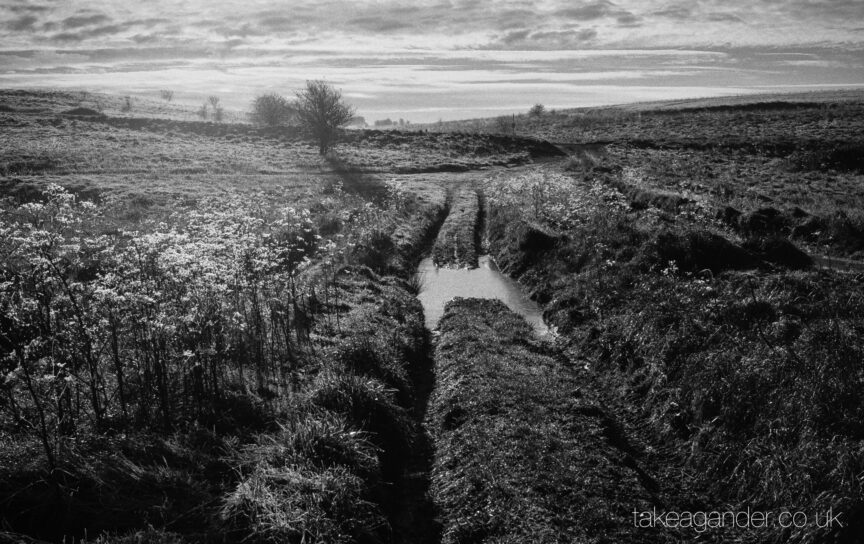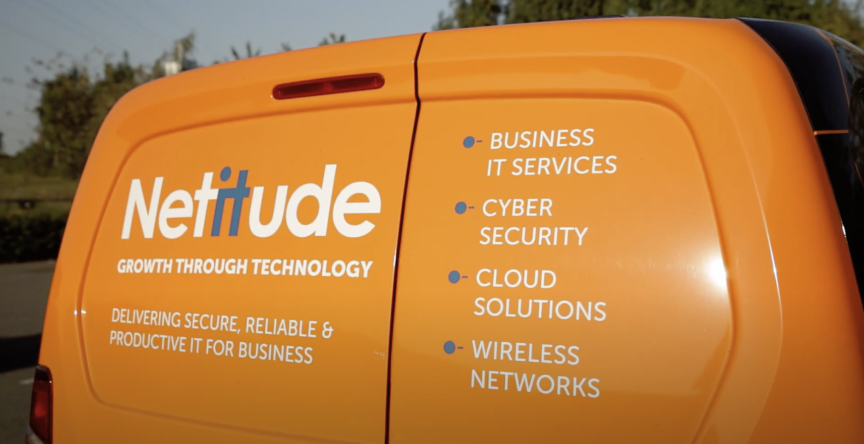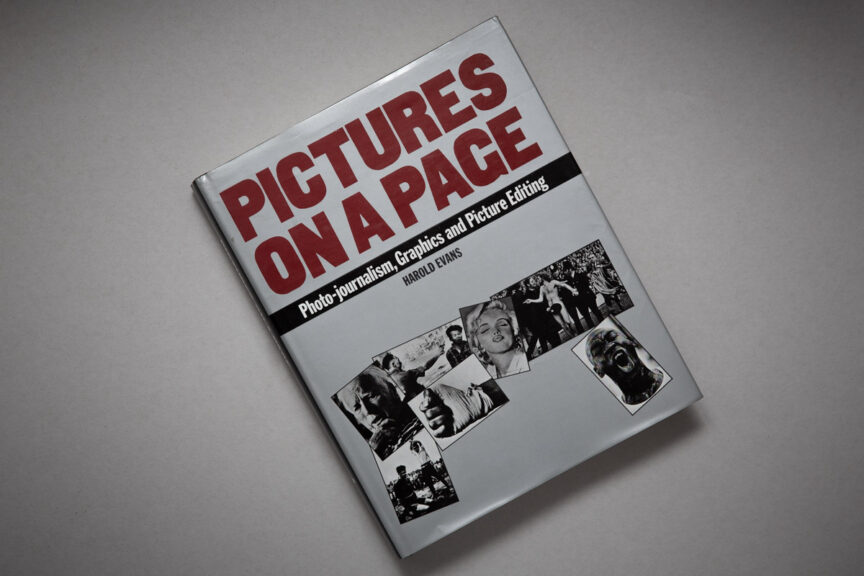Loving Photography
The recent acquisition of Unsplash by Getty has prompted me to think about what the love of photography actually means.
I won’t go into the ins and outs of the sale here, you know how to use Google. But I do want to examine what people mean when they say they love photography. Many of these people are contributors to sites such as Unsplash, yet I have to question the nature of their love of photography.
Of course I can’t tell people what to do with their photos, but equally we should be aware that something is happening (has already happened) to photography which leaves us all much more vulnerable than we might think. It has harmed society incrementally such that we’ve barely registered the change. More on that later.
When I talk about my love of photography, I use the phrase in a global sense; I love coming up with ideas, shooting them and presenting them. Some make money, some don’t, but they’re never available for exploitation without suitable remuneration.
And loving photography doesn’t just mean loving the act of taking pictures. In that global sense, loving photography also means nurturing the industry of which you claim to be a part. In short, it means acting like a professional. At the very least, it means not causing harm.
For others it seems to mean a love of having people and brands exploit their work. Some see this as beating professionals at their own game, which is just downright weird. That is not a healthy love.
Filthy Lucre
I can’t criticise the work people upload, much of which is of a very high standard (albeit it’s often very sterile), but they should be paid fairly for its use.
Some will argue that you can’t truly love photography if you want to make money from it. Hogwash. Utter c**p. In fact I would say the opposite; anyone hooked on views and downloads is more in love with their own ego than anything.
And what if, instead, brands had to pay for what they took from Unsplash? Would they download and use it then? What does it say to a photographer if no one is willing to pay actual money to use their work?
So why does this even matter? It’s just some pictures, right? Wrong.
A Diminished Industry Hurts Us All
The devaluation of the photographic industry over the past 20 years has left us with fewer sources of high quality photo-journalism. Our once thriving press has become less diverse, even where it tries to be polarised in opinion. Think the PR machine at No 10 dishing out the same sanitised pictures to all outlets. Those outlets, having no budget (or claiming not to at least) will use free over paid every time. So the visual voice becomes homogenised across titles and channels. Diversity suffers as a result.
This degradation has affected the national voice in other ways beyond photography. While there’s a clamour for greater diversity in our media, we see fewer articles written by people from less privileged backgrounds because only those with independent means can afford to work on the poor (or non-existent) rates on offer.
I certainly can’t afford to work for the fees our national newspapers pay – I’m a grown up, not a school child. But I’m a white guy so boohoo me. What about women? Or people from poorer backgrounds? Or those whose ethnicity makes it more likely they won’t have independent means? The talent is undoubtedly there, but the access isn’t because it’s flooded by people who can afford to “donate” their work. This is what’s happened in photography too.
You might not see the connections between newsroom budgets and free stock image sites, but all areas of the photographic economy affect all other areas. That’s why all photographers need to look after their own areas of interest in an holistic way and take responsibility for their actions.
Pups For Sale
And so back to the happy punters who give their work for free to Unsplash. They’ve been sold a pup; a dream that their altruism is the engine of a creative industry of which they are a part. That perhaps one day they’ll be spotted amongst the millions of lemmings and picked out for plum commissions.
Except it’s not, they’re not, and they wont. It’s just shutting down creativity for the truly creative. It’s shutting out those voices which haven’t the spare income to be heard. It favours the motivations of individual egos over the cause of the wider industry, and it’ll now be feeding that cuddly little independent, Getty Images.
Anyone who says they love photography should ask themselves what they’ve done for it lately. If they’ve become hooked on giving their work away, they need to question their devotion to it.
Perhaps if they’re amongst those who’ve fed Unsplash with free material, Getty’s acquisition of all their images might help peel the scales from their eyes. It might be time to redefine their relationship with photography and understand what a true love of photography looks like.

